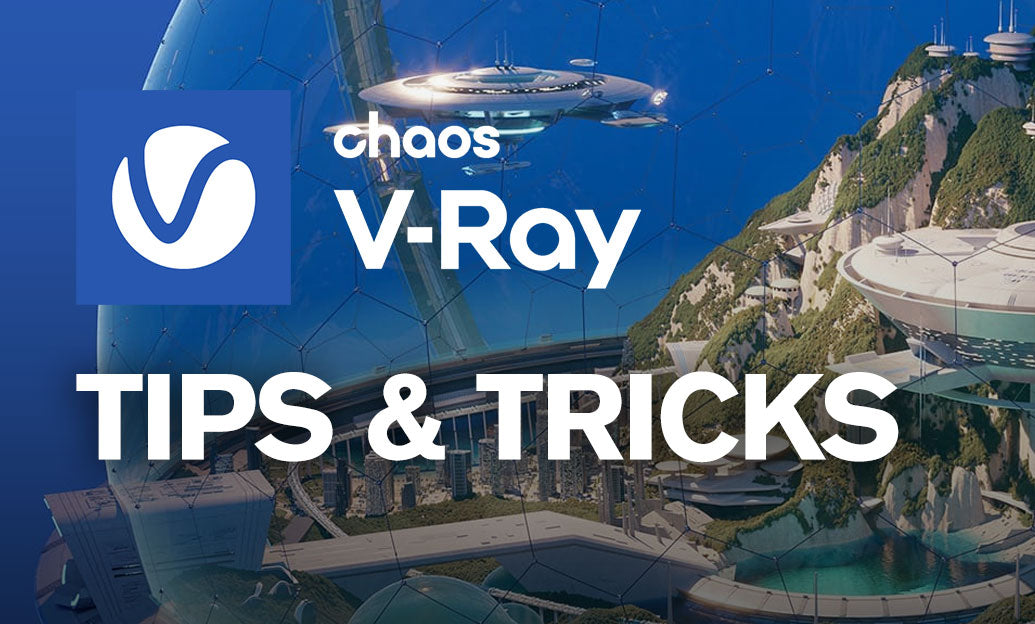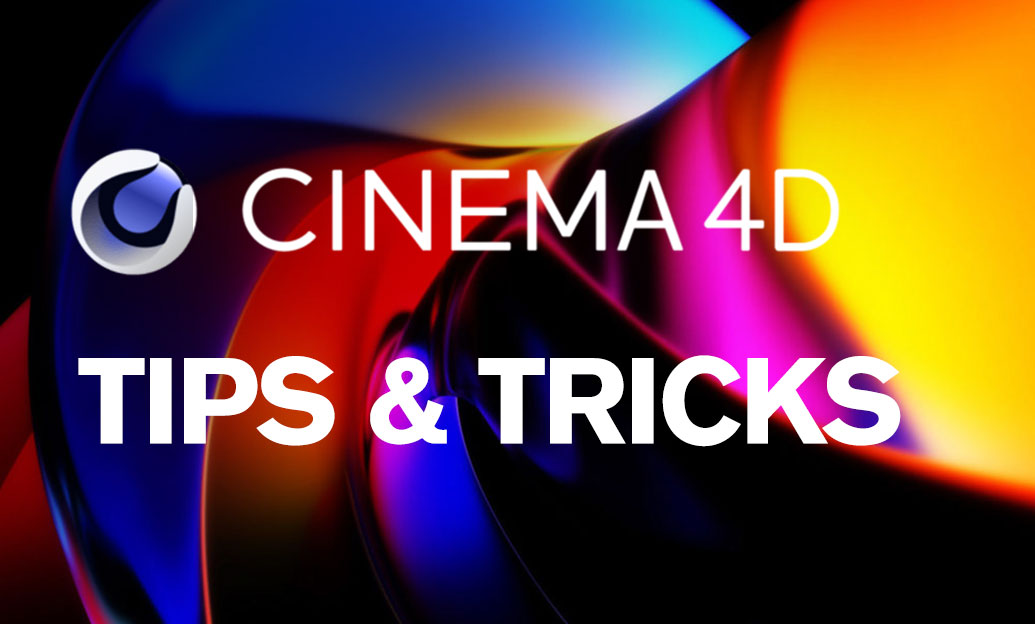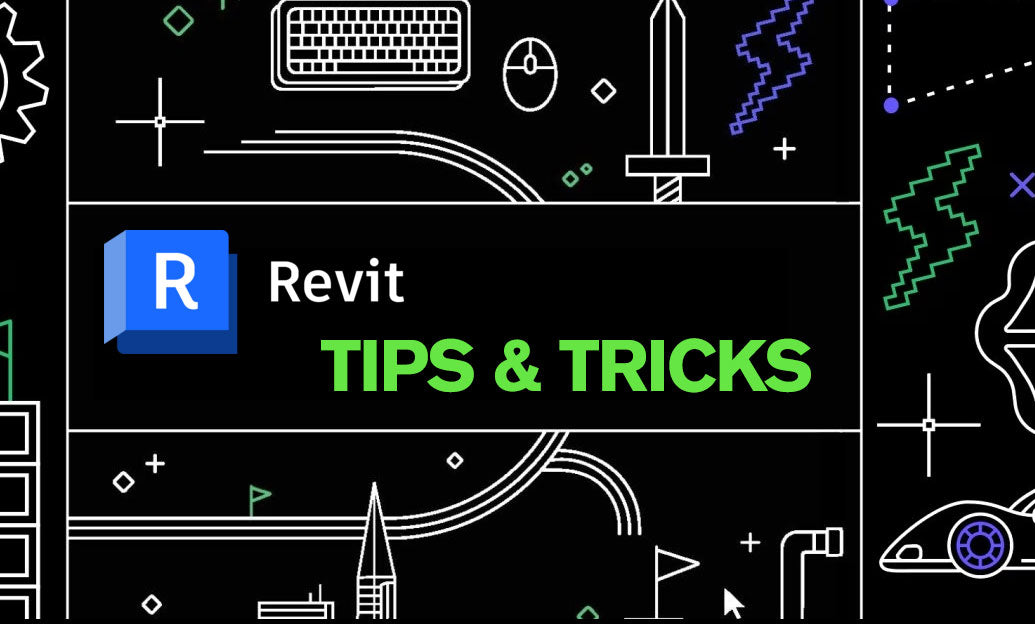Your Cart is Empty
Customer Testimonials
-
"Great customer service. The folks at Novedge were super helpful in navigating a somewhat complicated order including software upgrades and serial numbers in various stages of inactivity. They were friendly and helpful throughout the process.."
Ruben Ruckmark
"Quick & very helpful. We have been using Novedge for years and are very happy with their quick service when we need to make a purchase and excellent support resolving any issues."
Will Woodson
"Scott is the best. He reminds me about subscriptions dates, guides me in the correct direction for updates. He always responds promptly to me. He is literally the reason I continue to work with Novedge and will do so in the future."
Edward Mchugh
"Calvin Lok is “the man”. After my purchase of Sketchup 2021, he called me and provided step-by-step instructions to ease me through difficulties I was having with the setup of my new software."
Mike Borzage
V-Ray Tip: V-Ray Sun and Sky: Quick Setup for Physically Accurate Daylight
November 28, 2025 2 min read

Set up V-Ray Sun and Sky to behave like the real world, then let your camera do the exposure. Here’s a focused checklist to get physically accurate daylight fast.
-
Create the system correctly
- Add a VRaySun; when prompted, let V-Ray create and link a VRaySky to the scene Environment slot (8 key/Render Settings > Environment).
- Drive the sun direction using your DCC’s geolocation/time controls when available (Daylight System in 3ds Max, Sun & Location in SketchUp/Rhino, or direct sun rotation in Maya).
- Work to real scale and correct units before lighting; accuracy here affects GI, shadow penumbra, and exposure.
-
Choose the right sky model
- Hosek/Wilkie (Improved) for the most natural horizon and sunrise/sunset behavior.
- CIE Clear/Overcast when matching architectural lighting standards or measured sky luminance.
-
Physically plausible parameters
- Turbidity: 2–3 clear air; 4–6 hazy/urban; higher values soften light and warm the sky.
- Ozone: 0.3–0.6; higher shifts skylight towards deeper blue.
- Ground Albedo: 0.2–0.3 for typical terrain; increase for sand/snow to boost bounce.
- Sun Size Multiplier: 1 for sharp noon shadows; 2–4 for softer penumbra (overcast feel) without faking area lights.
-
Expose with a physical camera
- Use VRayPhysicalCamera or your host camera with physical exposure. Start with f/8, 1/125 s, ISO 100 for midday; adjust ISO first to taste.
- White balance: 5500–6500 K for neutral daylight; drop to 3500–4500 K at golden hour to keep warm skies from clipping.
- Lock exposure for animation sequences to avoid flicker. Use the VFB Exposure only for lookdev, then bake settings in the camera.
-
Keep energy conservation and highlights
- Avoid aggressive clamping; let HDR highlights exist and grade in post. If needed, use modest Highlight Burn control via VFB Color Corrections or an OCIO/ACES view.
- Enable ACEScg/OCIO where available for a wider gamut and more natural highlight roll-off.
-
Interiors lit by sun/sky
- For glazing, enable “Affect shadows” in VRayMtl so sunlight transmits through glass cleanly.
- Consider a small Sun Size increase (1.5–2) to soften window shadow edges while staying physically plausible.
- Modern V-Ray versions don’t require portal lights for Sun/Sky; rely on Adaptive Lights and proper GI instead.
-
Atmosphere and depth
- Add VRayAerialPerspective or Environment Fog for believable distance haze. Match fog height to building scale; keep scatter low for clarity.
-
Quick diagnostics
- If the image is too dark, fix exposure (ISO/shutter) before boosting Sun intensity.
- If the sky looks gray at noon, lower Turbidity or confirm the sun elevation/time zone.
- If shadows are noisy, verify Sun Size and overall noise threshold rather than cranking subdivisions.
Need dependable licensing, upgrades, or expert guidance? Get V-Ray from NOVEDGE. Their team can help you choose the right edition and keep your pipeline current. For tailored purchasing advice or volume options, reach out to NOVEDGE before your next project.
You can find all the V-Ray products on the NOVEDGE web site at this page.
Also in Design News

Cinema 4D Tip: Prefer Instances Over Copies to Reduce Memory and Improve Viewport and Render Performance
November 28, 2025 2 min read
Read MoreSubscribe
Sign up to get the latest on sales, new releases and more …




